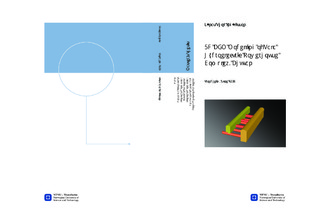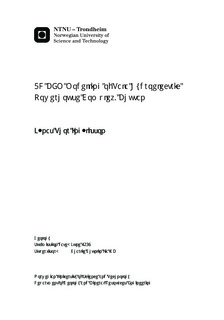| dc.description.abstract | The utilization of the vast hydropower potential the Himalayas possess is growing in the Kingdom of Bhutan. Export of electricity to India is now the largest contributor to the economic well being of the country and an ambitious plan of harnessing over 10000 MW of hydropower by the year 2020 is being carried out. The large scale hydropower development in Bhutan started in the 1980s with construction of the Chhukha hydroelectric plant with capacity of 336 MW. The next milestone was the commission of the 1020 MW Tala hydroelectric plant in 2006 and 2007. The two plants are in close proximity to one another, near the Main Central Thrust of the Himalayan fault system. Here the powerhouse excavations of both power plants will be modelled and analysed, regarding stability and accuracy of rock mass quality parameters, with focus on Tala hydroelectric plant. The powerhouse complex at Tala, which consists of two large caverns, has experienced failure both during construction and while operating. During the excavation of the crown portion of the powerhouse large rockfall occurred in the roof and during the rest of the excavation and after commission rockbolts have been failing. No records are of failure in the Chhukha powerhouse cavern after construction, but during excavation fatal rockfall occurred. The Main Central Thrust provides high horizontal stresses, especially at Tala, in overall poor rock conditions. The initial modelling is done in Examine3D, a 3D BEM elastic modelling software. The model of Tala powerhouse complex is then compared to models from Examine2D and Phase2, elastic 2D BEM and plastic 2D FEM models respectively. The powerhouse of Chhukha is also modelled in Examine3D, and circumstances compared to Tala. Additionally, the model of Tala is matched with actual measured values of convergence, but maximum convergence measured in the powerhouse cavern was 0,374 m. That was done by iterating the Young s modulus in the Phase2 until a value that represented the actual convergence was found. Elastic models with same Young s modulus value were then created in the other codes and compared.The challenges of underground excavation in the tectonically active Himalayas is portrayed here, as the high uncertainty in estimates of quality of the rock mass encountered can lead to flawed design. The methodology used here is reviewed and proven to be beneficial as visualization of the problem is far greater in the 3D space. | nb_NO |

